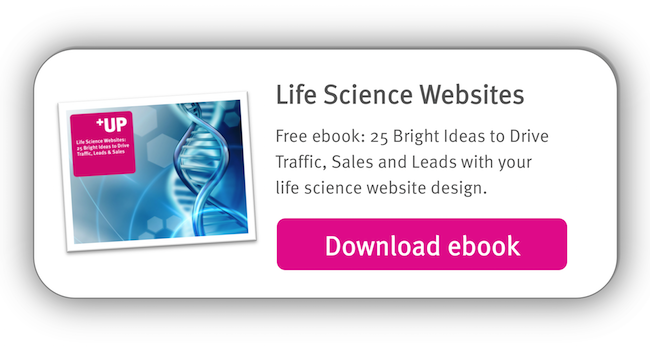In the wondrous world of advertising, creativity and rationality are often perceived as each other’s extreme opposites. This grave misconception is typically based on a rather narrow and superficial understanding of both these words. Rational means well grounded, not boring. And creative means innovative in a relevant way, not misguided artistry.

Together, these two “opposites” have also formed a powerful energy field universally used by advertising agencies and others to maximize the effect of marketing communications.
Emotional impact of well-presented ideas
Hence, over the past 50 years or so, innovative communicators around the world have pushed the limits of emotional impact via thought-provoking surprise, comforting recognition and likability, admiration, respect or amazement, breaking new ground and inspiring new ideas. Not just by their inspired choice of words and images, but by new and unexpected choices of channels or arenas as well. Which, in our digital age, offers virtually endless opportunities for awesome impression as well as relevant dialogue.
To guide and tame these wild animals, more earth-bound analysts, strategists and project managers have tirelessly struggled alongside them to deconstruct complex business realities and build perfectly logical strategies and messages.
Marketing consumer goods, there is often plenty of room for creative, often emotional excesses. Because, from the buyer’s point-of-view, it can be quite OK to buy a meaningless new gadget or a pair of ridiculously overpriced designer pants, simply because you want to.
Scientists: Too rational to be emotional?
Conversely, when marketing professional or scientific products and services, your target groups are paid to be 100 percent rational, even though that is rarely the case in real terms. So, to avoid rejection by professional embarrassment, you may have to be a bit more selective regarding your creative or emotional expressions.
In both cases, however, it pays off to find out as much as you possibly can about the people who make the buying decisions, and the ones that may influence them along the buying process, and beyond. Not just what they need, and why, but how they perceive their own roles. Whom they listen to, and trust. Their hopes and uncertainties about the future. Their self-images and driving forces. Here some creative questioning and, not the least, creative interpretation of answers can in fact be the ultimate source for a thoroughly rational strategy.
So what about the people that you want to reach in areas such as Life sciences and medical technology? Like in any other qualified professional community, they expect you to approach their field of expertise with respect and a reasonable level of insight. Which, in this case, is likely to involve a range of ethical and regulatory aspects as well as technical and business issues.
To maintain the attention and interest of your target groups in such a complex business environment you could definitely use some rational creativity.
UP FOR LIFE
UP FOR LIFE writers, planners and marketing experts understand how to meet scientists where they are most comfortable...but in a creative and emotionally fulfilling way. Contact us.
